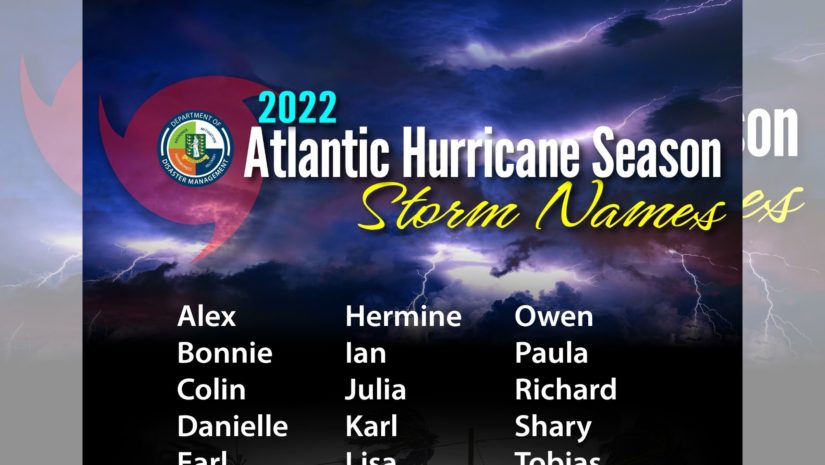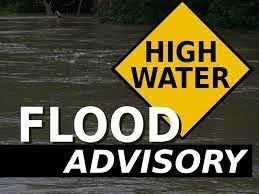Virgin Islands residents should brace for another busy hurricane season, according to the expert forecast from Colorado State University’s Tropical Meteorology Project issued this morning.
Acting Director at the Department of Disaster Management (DDM) Mr. Jasen Penn said that this latest forecast is consistent with other professional forecasts issued this year, which have also called for above average levels of storm activity. He urged Virgin Islands residents to prepare early for the possibility of seasonal storms.
“A pattern we have observed in recent years is systems developing before the June 1 start of the hurricane season,” Mr. Penn said. “This means that residents would be wise to review their hurricane plans and begin seasonal preparations early.”
The Colorado State University forecast anticipates 19 named storms, compared to the average 14. The forecast further calls for the formation of nine hurricanes, including four major hurricanes, compared to the average seven hurricanes and three major hurricanes. Forecasters cited several factors as contributors to elevated storm activity, including above-average sea surface temperatures in the subtropical Atlantic paired with a low likelihood of storm-inhibiting El Nino this year. Forecasters further anticipate that there is a 60% chance of a major hurricane tracking into the Caribbean Sea.
The Acting Director said that 2022 marks the seventh consecutive “above average” hurricane season, which underscores the importance of ongoing emergency preparedness.
“We encourage residents to Be Ready and Stay Ready, no matter the forecast, but these more frequent busy seasons should remind us all that it only takes one storm on our shores to have a very serious impact,” he said.
All residents are urged to monitor local weather reports, which are shared daily via the DDM website and social media channels. Updates are more frequent when a system poses a potential threat.
Other preparedness activities residents should carry out include:
- creating or updating an emergency plan;
- inspecting roofs, shutters and drainage paths;
- assembling a well-stocked emergency supply kit with food, water medications and personal protective equipment
- reviewing any insurance policies.
Residents can view other tools to help them get prepared like a hurricane tracking map, an emergency kit checklist, and the latest list of emergency shelters at www.bviddm.com.






